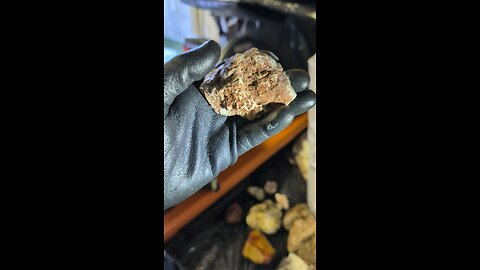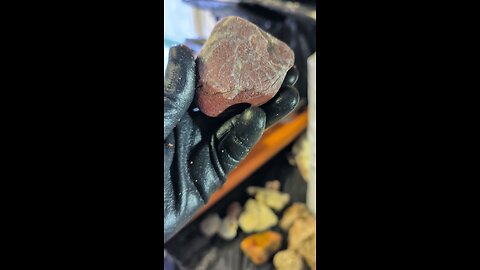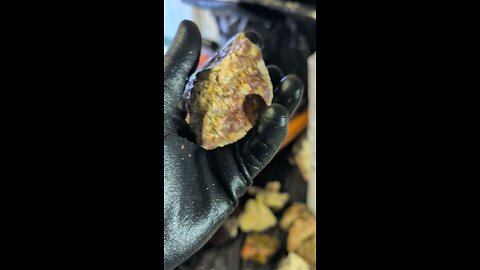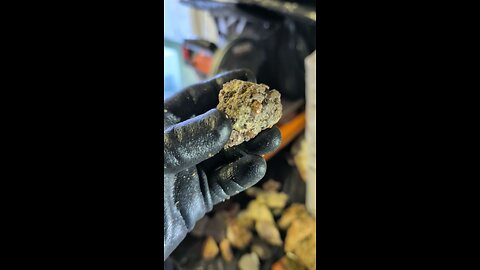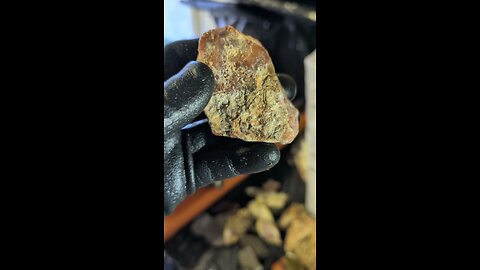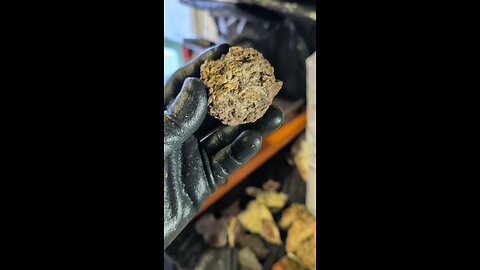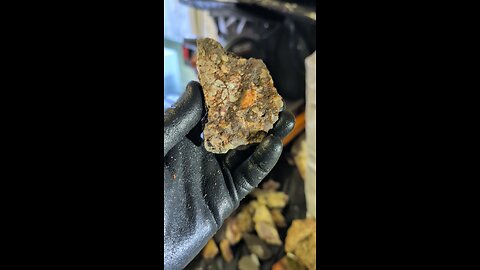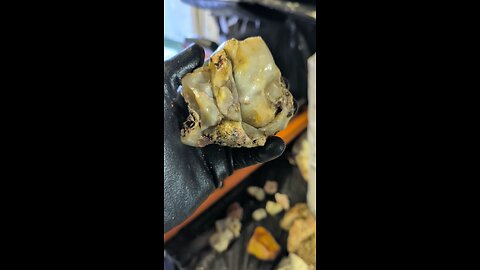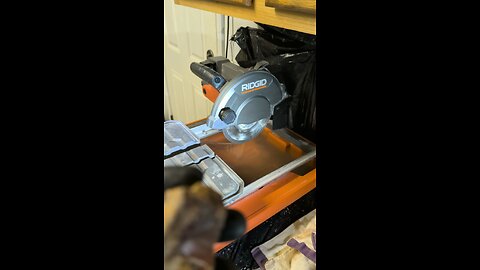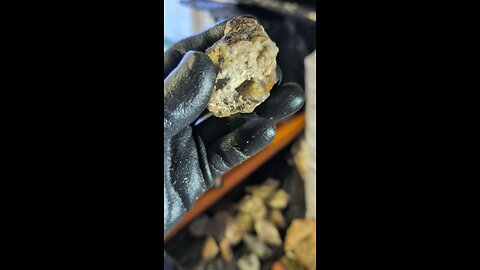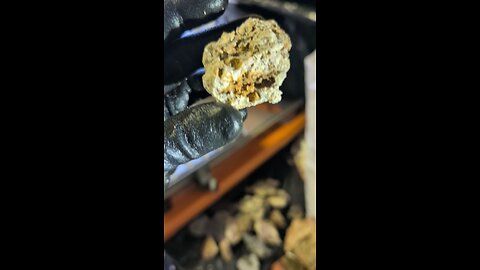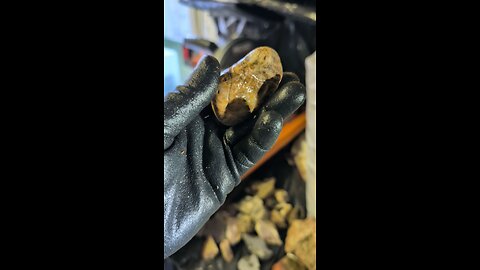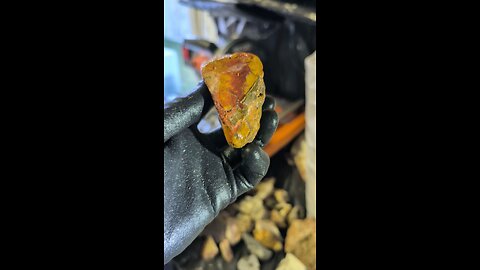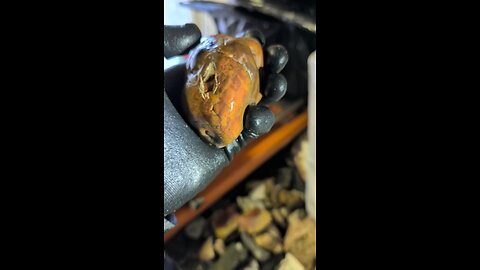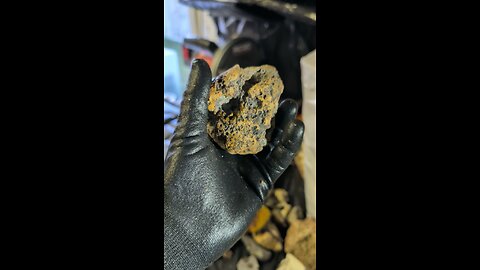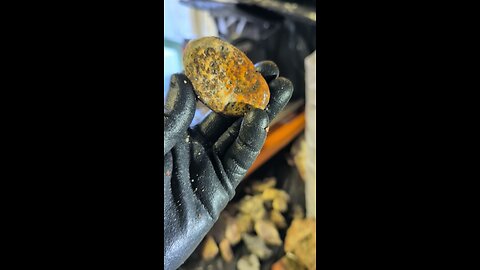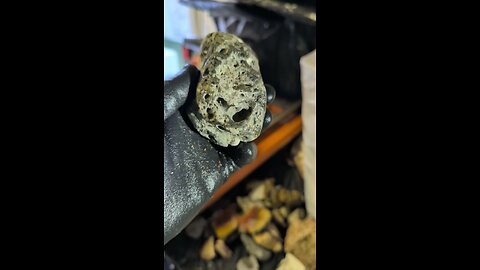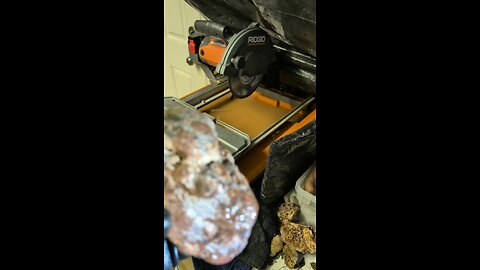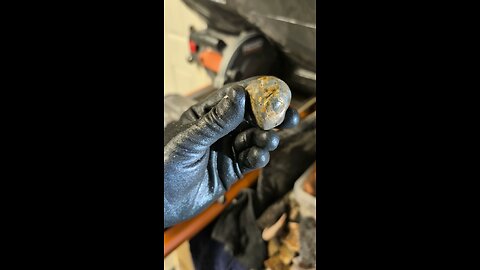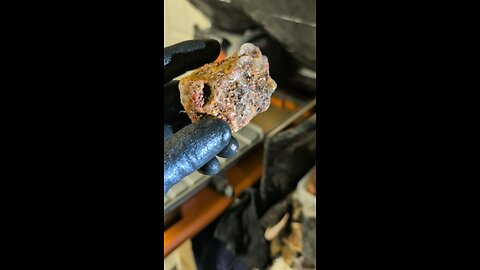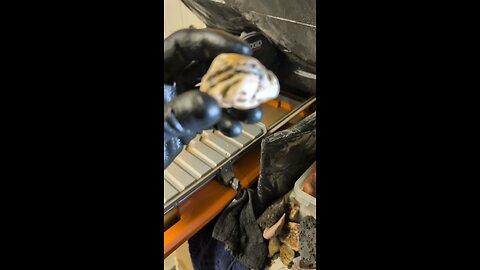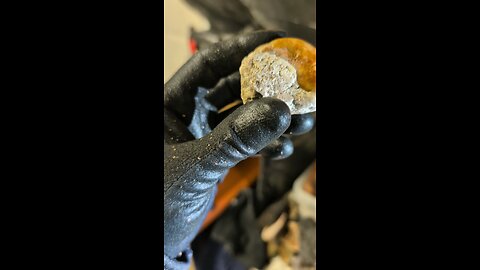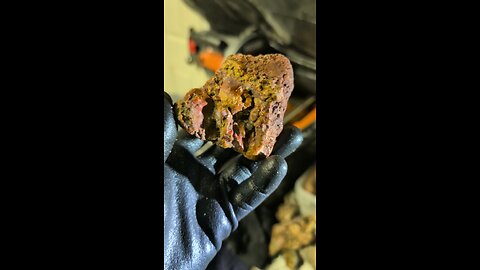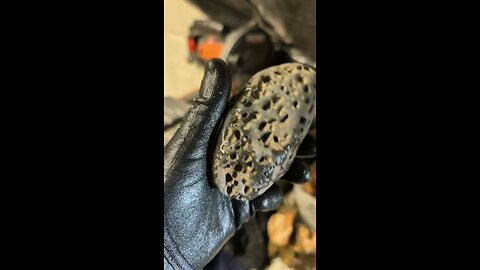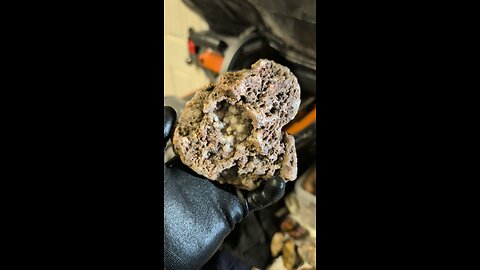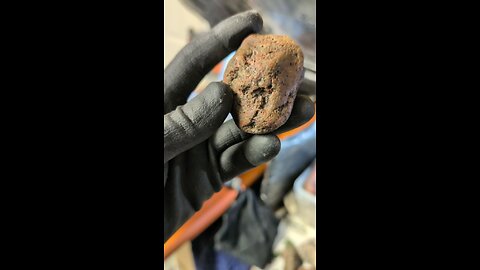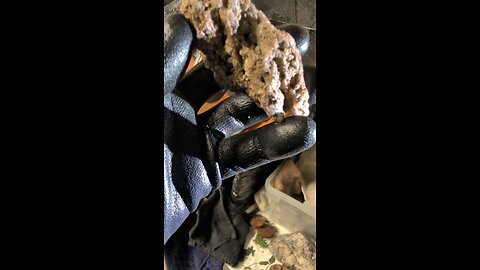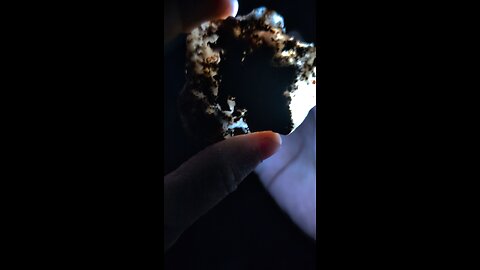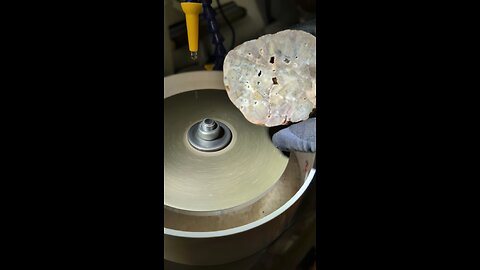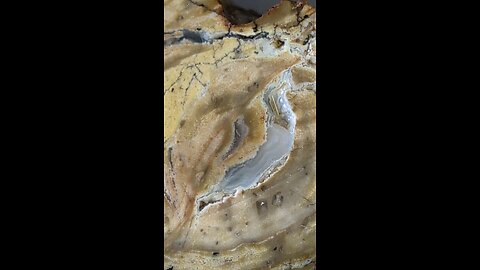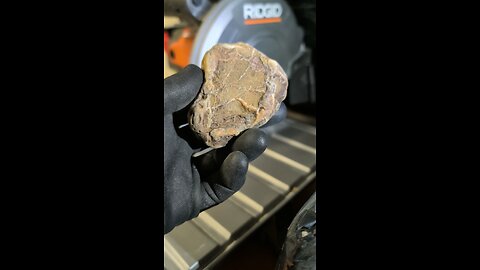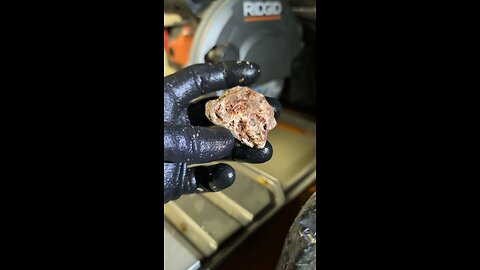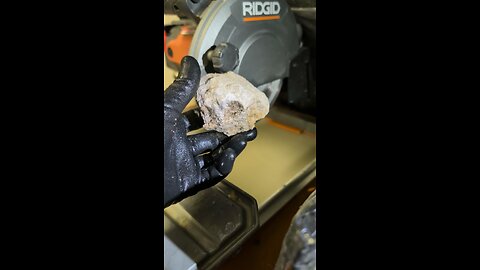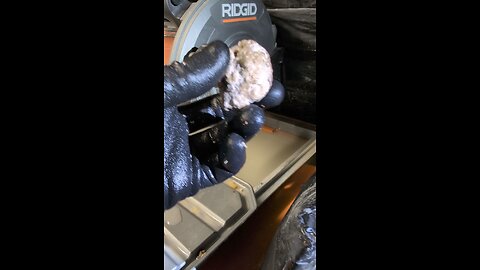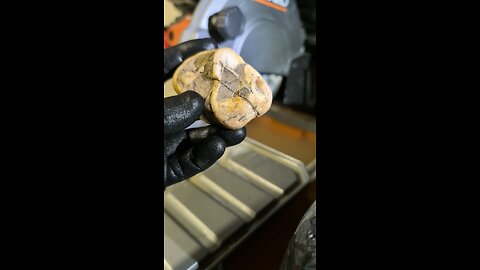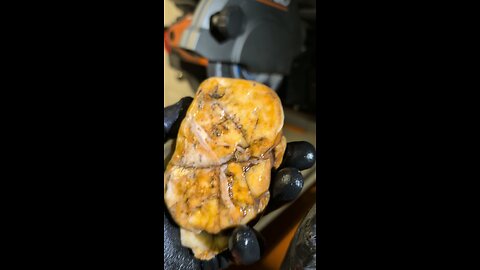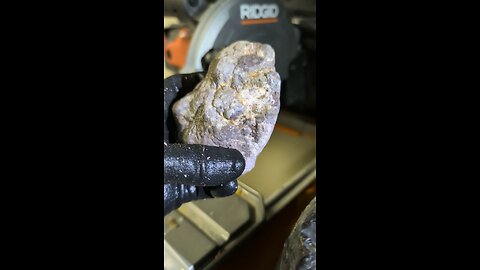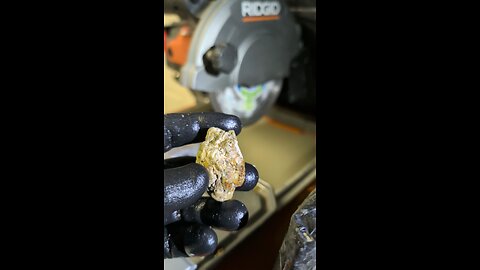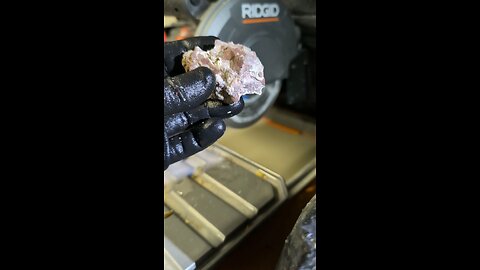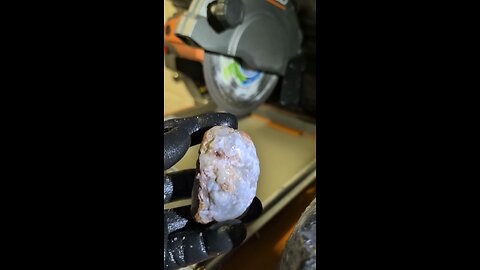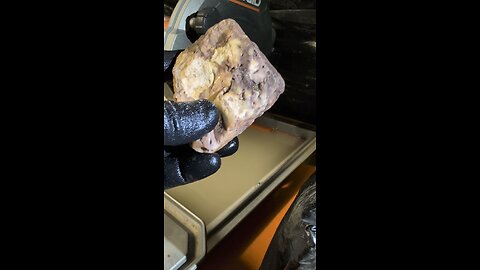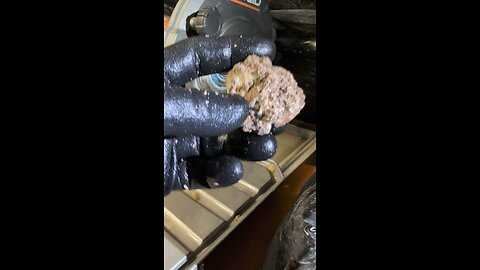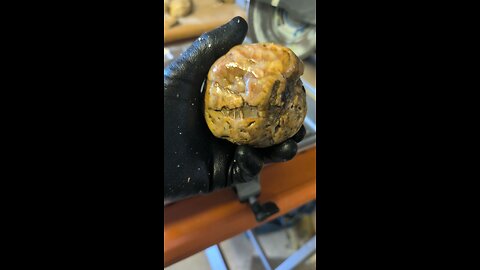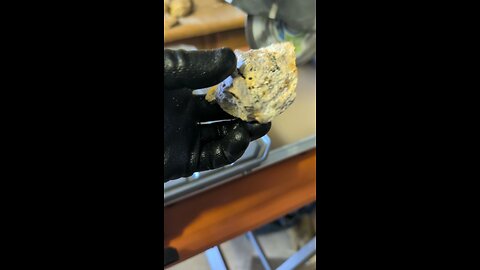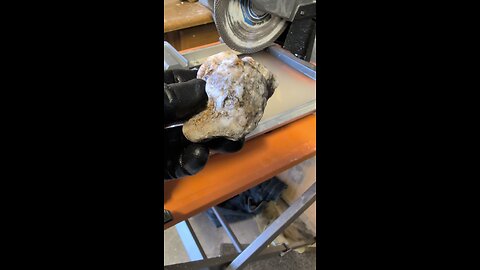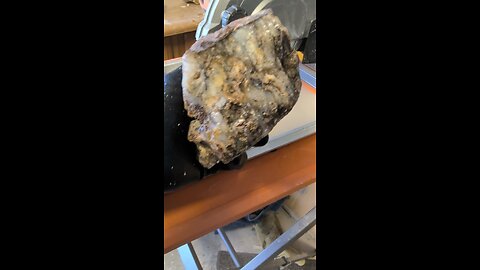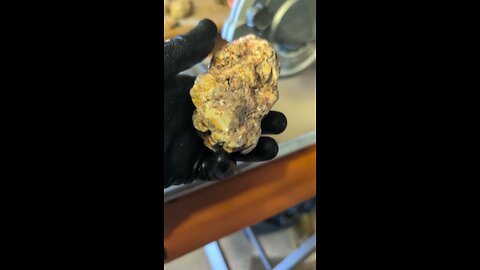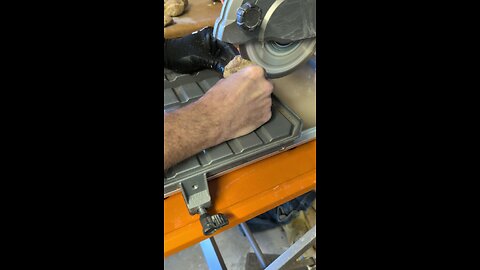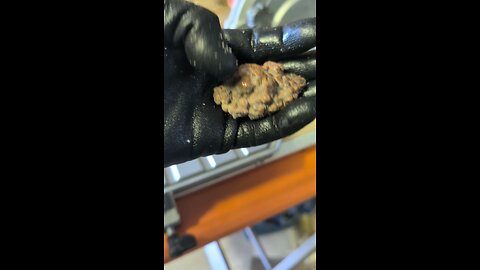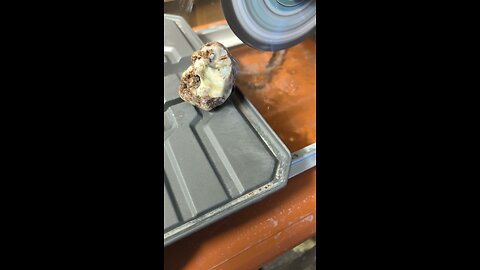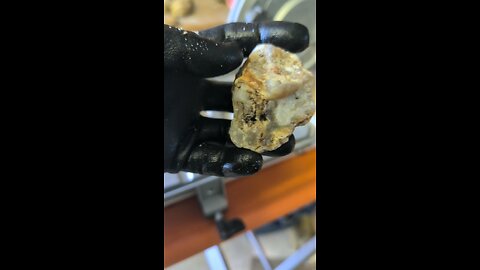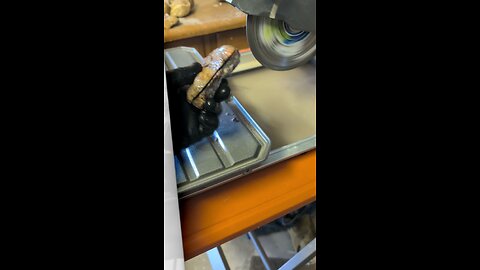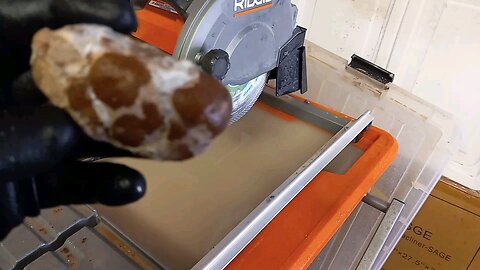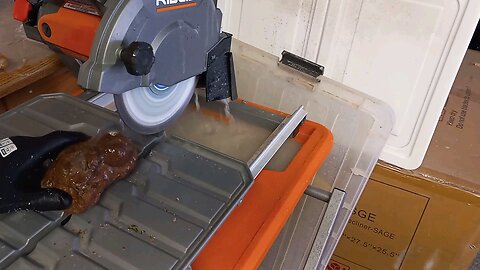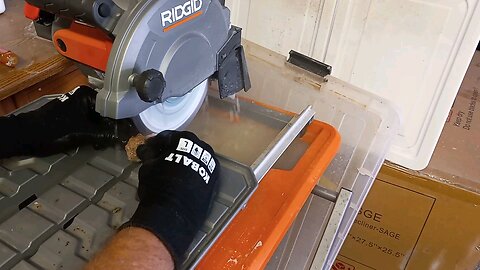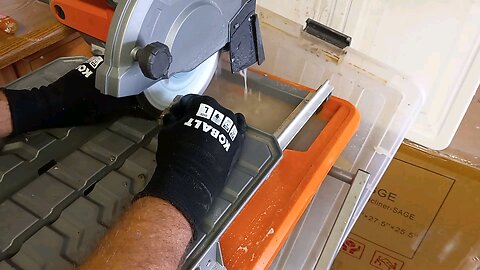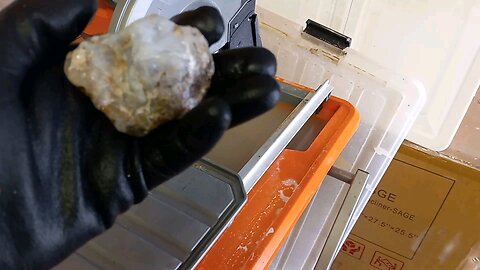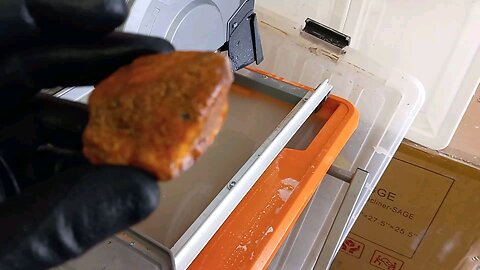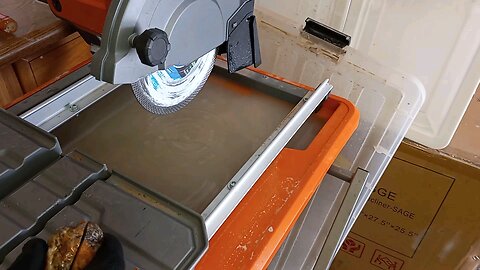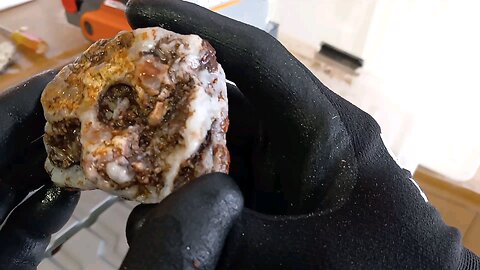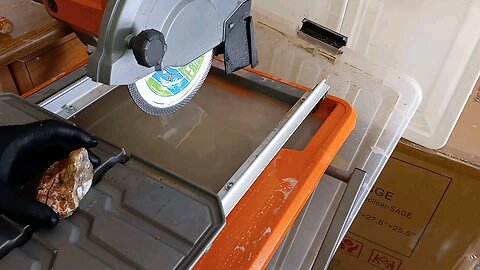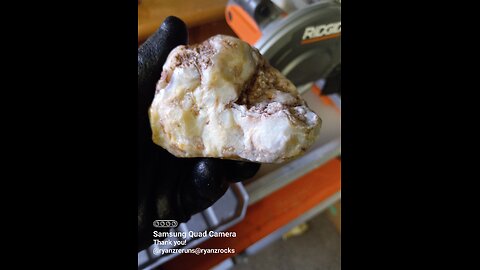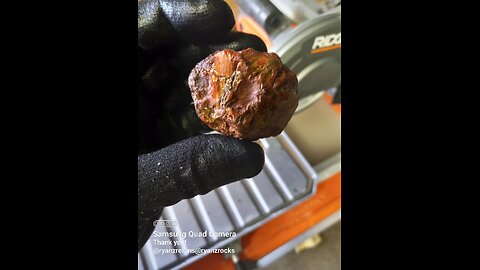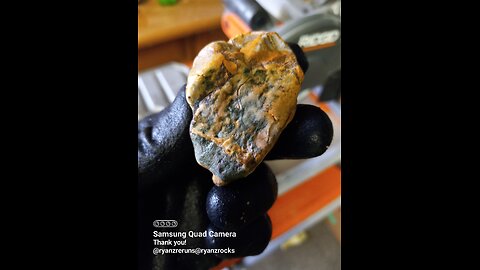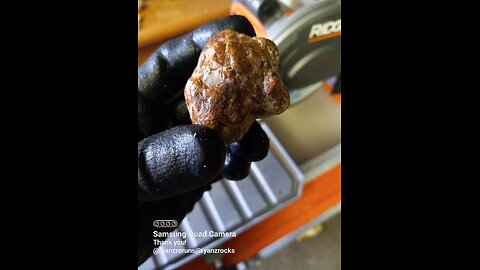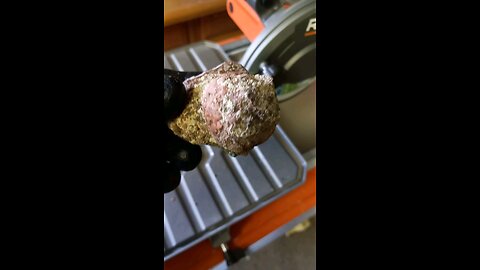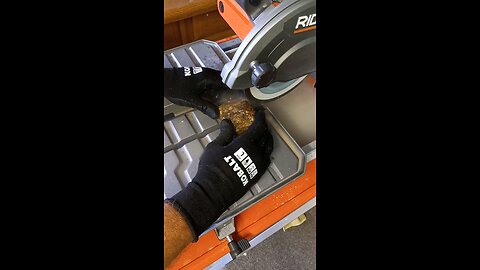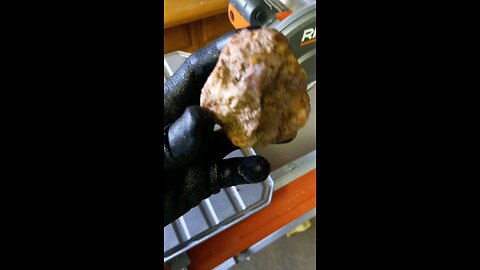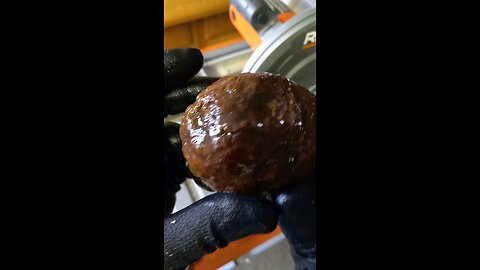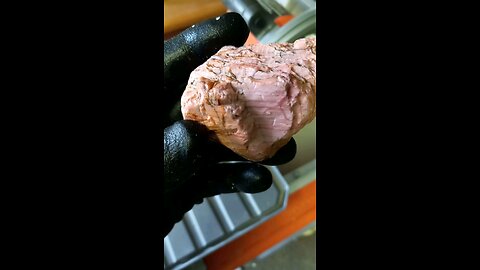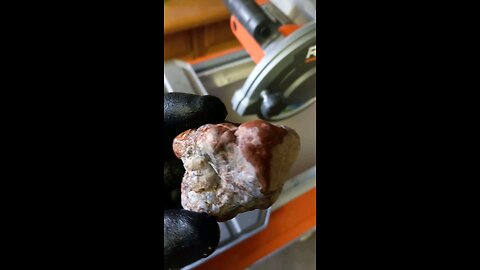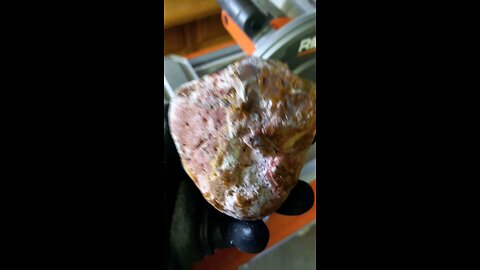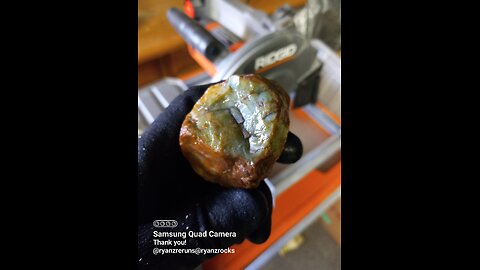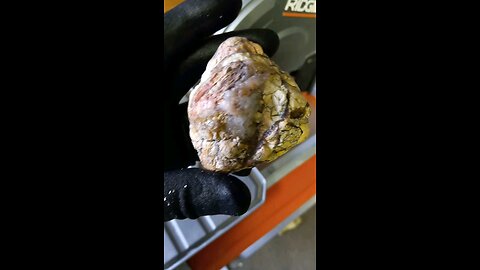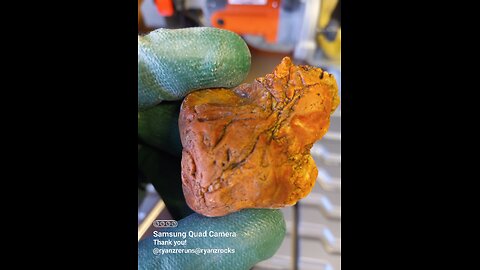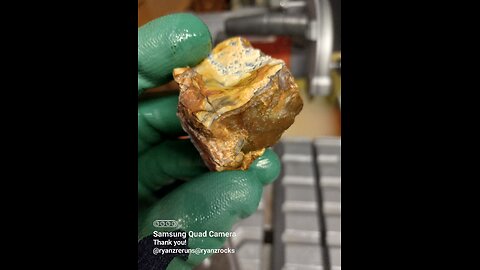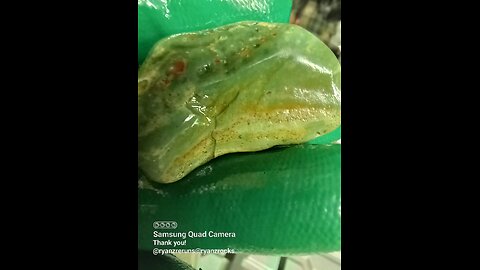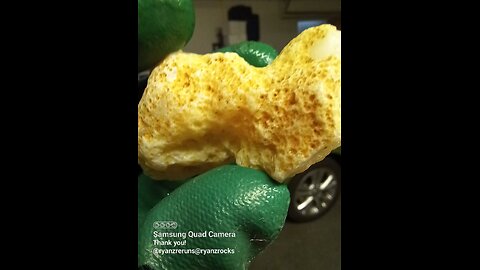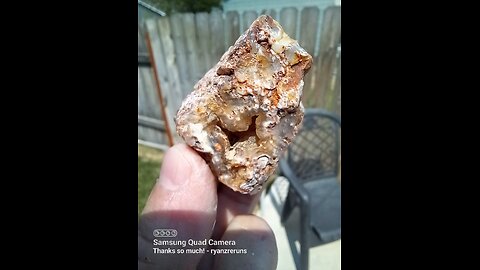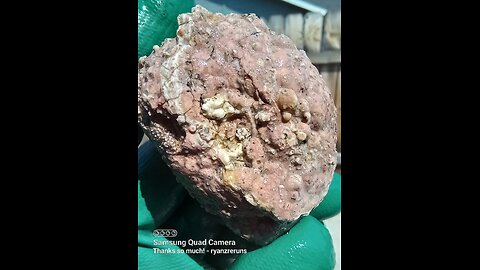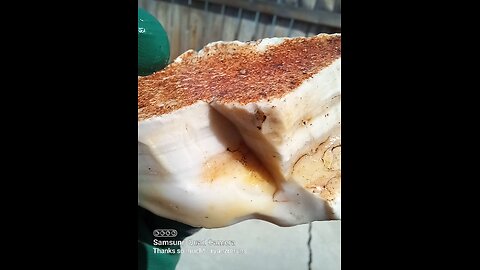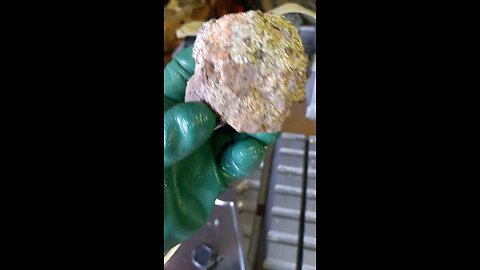Premium Only Content
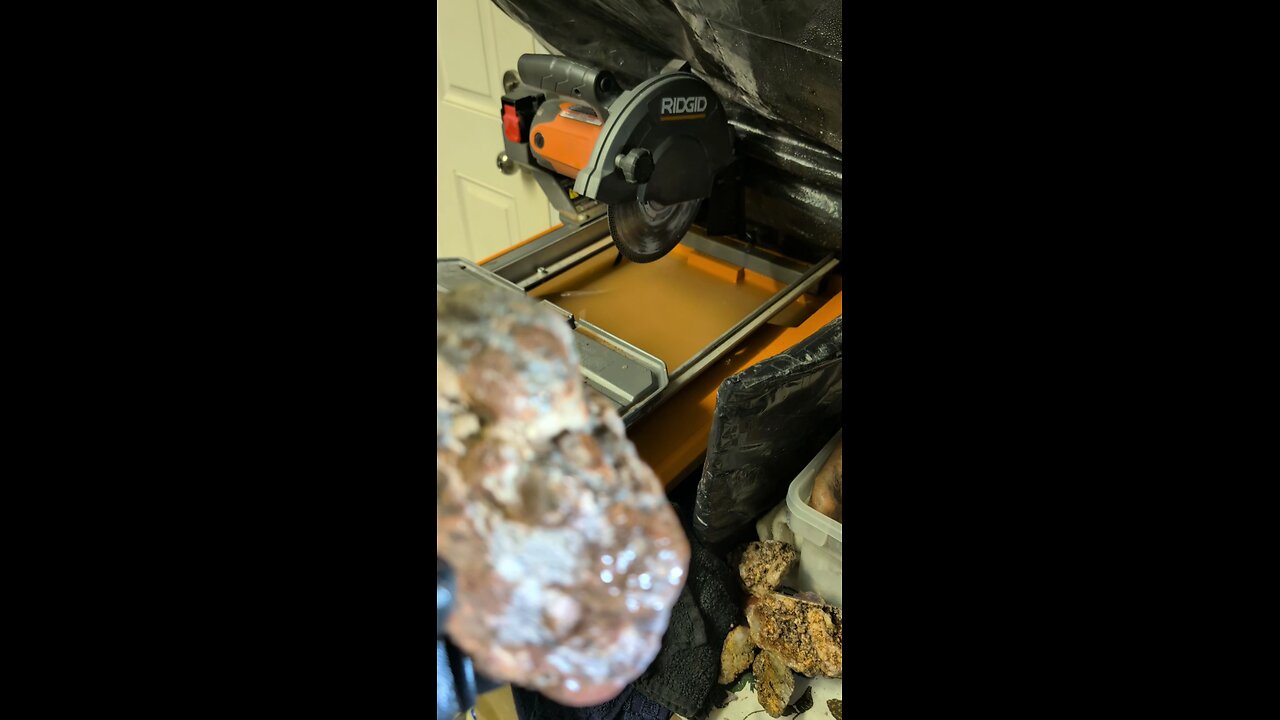
A river runs through it!
Brecciated Jasper Cut!
Thunderegg Cut!
Brecciated Jasper Cut!
Agate Cut!
Fossiliferous Limestone Cut!
Breccia!
Agate Cut!
Beautiful Agate Cut!
Ooids inside!
Travertine Cut!
Agate Stone Cut!
Brecciated Jasper Cut!
Jasper Cut!
Agate Nodule Cut!
Leopard skin Jasper Cut!
Green Tint Basalt Cut!
Solid! Noooooooo...
Fossiliferous Limestone!
Brecciated Jasper Cut!
Agate Nodule Cut!
Together forever!
Brecciated Red Jasper Cut!
Lava Spud Cut!
Plume Cut!
Pretty Yellow Inside!
Botryoidal Plume Cut!
Plume Agate Glow!
Thunderegg Inspection!
Love the tiny green inside!
Dark reds!
Boring!
Globular cut!
Bout' lost a finger on this one!
Big nodule cut!
Blah!
Bulbas glob cut!
Geode Cut!
Robbed! Grabbed the wrong half!
Brecciated Jasper Cut!
Thunderegg Cut!
Brecciated Ball of Jasper Cut!
Geode Cut!
Crazy Lace Agate Cut!
Big Daddy Plume Cut!
Brecciated Jasper Cut!
Thunderegg Cut w/Opal!
Thundereggs?
Chalcedony & Crazy Lace Cut!
Plume w/CrazyLace cut!
Thought it would be three thundereggs!?!?
Thunderegg twins!
Love the green inside!
Chert, I think!
Bo-ring!
Filled with Eartones!
Was hoping for more color!
Oops!
More earthtones and opal inside!
2nd cut!
Looking for colors!
Beautiful Colors!
Cross section cut!
Is it a Thunderegg?
What's inside this Thunderegg?!?
Thought it would be more colorful inside!
Pretty inside!
Circular Formation!
Pink layers!
Clear/White Banding!
Tiny Thundereggs!
Was hoping for more red iside!
Solid Color Inside!
Pink n' White Inside!
Nice colors!
What colors are inside?!?
Same as the outside!
White Chalcedony Inside!
Took forever to cut this one!
Thought this Thunderegg would be hollow!
Nice cut!
Time to cut!
Solid! Noooooooo...
Metamorphic rocks are one of the three main rock types, alongside igneous and sedimentary rocks. Here's an overview of metamorphic rocks:
Formation:
Metamorphism: Metamorphic rocks form through the process of metamorphism, where existing rock types (protoliths) are subjected to high temperatures, pressures, or chemically active fluids without melting, leading to changes in their mineral composition, texture, or both.
Characteristics:
Texture: Metamorphic rocks can have either foliated or non-foliated textures:
Foliated: These rocks show a platy or layered structure due to the alignment of minerals under pressure. Examples include slate, schist, and gneiss.
Non-foliated: These rocks do not exhibit banding or alignment of minerals, often because they were formed under high temperature with less pressure. Examples include marble and quartzite.
Mineral Composition: The minerals in metamorphic rocks can be recrystallized from the original rock or new minerals can form. Common minerals include mica, chlorite, talc, and new forms of quartz, feldspar, or garnet.
Examples:
Slate: Formed from shale, it's fine-grained and splits into thin sheets.
Schist: Known for its platy minerals like mica which give it a shiny appearance.
Gneiss: Shows distinct banding of light and dark minerals, formed typically from granite.
Marble: Comes from limestone or dolomite; it's known for its ability to take a polish.
Quartzite: Created from sandstone, it's very hard and durable due to the tight interlocking of quartz grains.
Significance:
Geological History: Metamorphic rocks provide clues about past tectonic activities, mountain building events, and the thermal history of the Earth's crust.
Economic: Many are used as building materials due to their strength and aesthetic qualities (like marble for sculptures and buildings).
Scientific Research: They are studied to understand plate tectonics, metamorphic processes, and the history of the Earth's lithosphere.
Metamorphic rocks illustrate how dynamic and ever-changing the Earth's crust can be, showing that under the right conditions, rock can transform dramatically without melting.
-
 1:01:48
1:01:48
Grant Stinchfield
2 hours ago $0.89 earnedTrump's Tariffs are Already Working... Here's Why...
7.17K6 -
 2:02:48
2:02:48
LFA TV
1 day agoTARIFF TRADE WAR! | LIVE FROM AMERICA 2.3.25 11am
52.9K26 -
 LIVE
LIVE
The Dana Show with Dana Loesch
2 hours agoTRUMP IMPOSES TARIFFS ON IMPORTS FROM CANADA, CHINA & MEXICO | The Dana Show LIVE On Rumble!
867 watching -
 LIVE
LIVE
Major League Fishing
5 days agoLIVE! - Bass Pro Tour: Stage 1 - Day 4
155 watching -
 59:38
59:38
The Dan Bongino Show
6 hours agoTrump Is Setting The Old World Order Ablaze (Ep. 2414) - 02/03/2025
620K1.08K -
 1:02:10
1:02:10
The Rubin Report
3 hours agoJD Vance Makes Host Go Quiet with This Brutal Warning for These Major Countries
82.1K58 -
 2:00:51
2:00:51
Steven Crowder
5 hours agoWhy Trump & America Will Dominate the Global Trade War
407K232 -
 1:06:15
1:06:15
vivafrei
17 hours agoLive with "Bitcoin Jesus" Roger Ver - the Indictment, Law-Fare and the War on Crypto
93.4K18 -
 DVR
DVR
Bannons War Room
1 year agoWarRoom Live
111M -
 1:30:18
1:30:18
Caleb Hammer
3 hours agoProfessional Redditor Treats His Wife Like A Pet | Financial Audit
30.7K3
